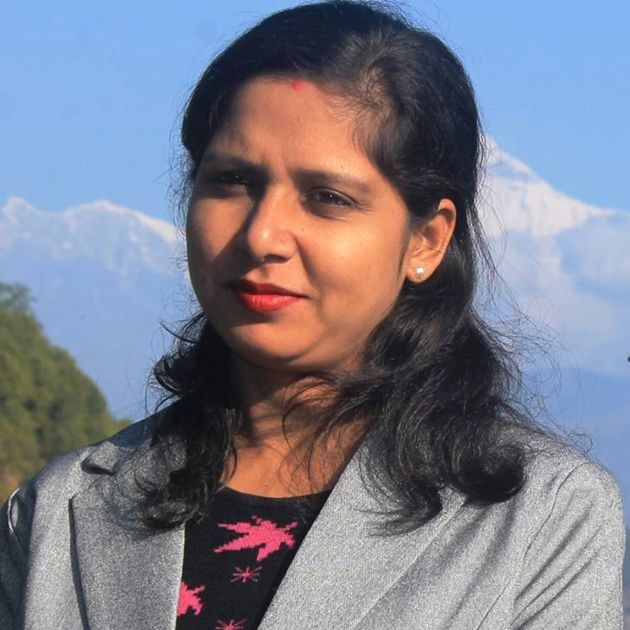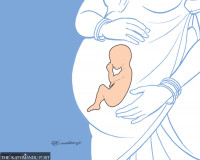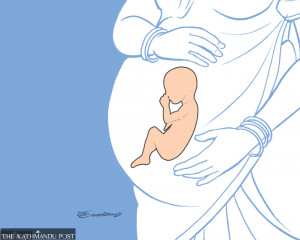Health
Rupandehi lacks testing kits amid ‘alarming’ rise in cases
More than 1,800 patients with high fever have been admitted to Lumbini Provincial Hospital in the last two weeks.
Amrita Anmol
After suffering from high fever, headache and body ache for 10 days, Dhurva Acharya, 43, who lives at Ramnagar in Butwal, finally decided to visit the nearby Siddhababa Hospital. He was diagnosed with dengue, with his platelets count dropping to as low as 40,000 per microlitre of blood.
After six days of treatment with no signs of recovery, the hospital referred him to the Nepal National Hospital in Kathmandu where he is currently receiving treatment. Acharya’s platelets count is far lower than the normal range of 150,000 and 450,000 in a healthy person.
In the past two weeks, 1,802 patients have been admitted to the provincial hospital for high fever. Of them, 151 patients have been diagnosed with dengue. Thirty severely ill patients have been referred to other hospitals for treatment while 41 patients with low platelet count are being treated at the hospital itself, according to Dr Netra Rana, information officer of the hospital.
“An alarming number of patients have been diagnosed with dengue,” Rana said. “Dengue patients suffer from high fever for at least a week. It leaves patients weak and unable to recover quickly.”
According to the WHO, there is no specific treatment for severe dengue, but early detection and access to proper medical care can lower the fatality rate. There is no specific drug available for treating dengue. Early supportive care with fluid replacement therapy, bed rest and symptomatic treatment are the ways a dengue patient can be cared for. In most cases, however, dengue fever gradually subsides.
According to the District Health Office in Rupandehi, since the last week of July, dengue cases are on the rise, being reported increasingly from Butwal sub-metropolitan city, Tilottama and Sainamaina municipalities.
The office does not have official data on the exact number of dengue patients in the district since the patients visit both government and private health institutions for treatment, according to Kedar Shah, information officer of the health office.
“The local health institutions have been asking us to supply them with dengue testing kits but we don’t have such kits in stock right now,” Shah said.
With the increase in dengue cases, the demand for blood has also increased. Krishna Chauhan, chairman of Nepal Blood Donor Volunteer Society, Rupandehi, said the organisation has been facing difficulties for the past two weeks to manage blood given the rise in demand pushed by increasing dengue cases in the district. “At least 30 people come to us every day looking for blood for dengue patients,” said Chauhan. “It is getting difficult to manage blood right now.”
In the past years, before the start of the rainy season, local authorities would run search-and-destroy drives, distribute mosquito nets to the needy and raise public awareness about hygiene and sanitation. This year also, a budget has been disbursed to the local level authorities for anti-dengue drives and public awareness campaigns, according to the District Health Office, but the local government has not taken any preventive or control measures.
The responsibility of launching dengue search-and-destroy drives comes under the jurisdiction of local governments. Local governments can mobilise officials, civil society members, members of local clubs, health workers, female community health workers, and students as well as teachers in the search-and-destroy drive.
“The local authorities have remained inactive,” Dr Nandu Pathak, a senior physician, said. “They should ensure that there are no mosquito breeding grounds in the local neighbourhoods. Patients of high fever and dengue have been increasing by the day but there is zero effort from the authorities to stem the spread of this deadly disease.”
Mosquitoes that cause dengue breed in clean water and infect people in daylight. Most people in the cities store water in jars and pots, which could be ideal breeding grounds for these mosquitoes. Uncovered water tanks, discarded plastic cups, tyre tubes and bottles could also shelter dengue-carrying mosquitoes.
Dengue was first reported in Nepal in 2004. Since then, dengue outbreaks have occurred almost every year.
In 2019, at least six people died and over 16,000 were hospitalised due to dengue outbreaks in 68 districts of Nepal. Since then there have been sporadic cases of dengue reported from across the country every year.
While there is no specific cure for dengue, early detection and access to proper medical care can lower fatalities.




 6.3200000000001°C Kathmandu
6.3200000000001°C Kathmandu














